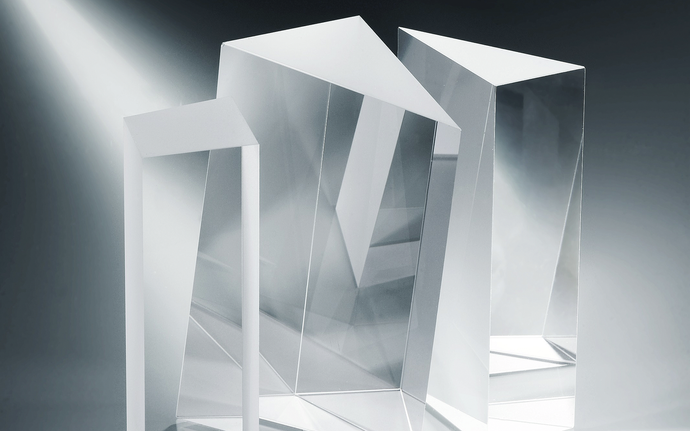Seeing cells in super resolution

Mr. Lasser, what exactly is your current research focus?
The Laboratoire d’Optique Biomédicale in Lausanne conducts research on optical functional imaging for life sciences and medicine. Our research efforts focus on microscopy towards super resolution for cell and tissue imaging. We also deal with optical coherence microscopy for various medical applications for illnesses such as diabetes, Alzheimer’s disease, or brain imaging. Furthermore, we are trying to develop new spectroscopic concepts for medicine and life sciences.
How exactly can researchers utilize super resolution microscopy?
With microscopy and super resolution, we can see details that we have never been able to see before. Thanks to this technology, the resolution is dramatically improved. Researchers can utilize this information in their scientific research. In 2014, three researchers – Eric Betzig, Stefan W. Hell, and William E. Moerner – were awarded the Nobel Prize in Chemistry by the Royal Swedish Academy of Sciences for surpassing the limitations of the light microscope. We are continuing this journey with our SOFI technology.
Let us get back to your research focus – can you describe how your newly invented optical instrument separates light’s wavelengths?
A patented prism is the key feature of this optical instrument. This prism enables us to project eight pictures out of one particular 3D object. These pictures are optically imaged on two cameras, thanks to the unique geometry and precision of the prism. This allows us to see the samples like cells or bacteria simultaneously in three dimensions.

What role does glass play to achieve these goals?
Glass itself plays a vital role, but to be honest, it is not just the glass alone. In fact, it is a combination of the fabrication of the prism, which is located in the heart of our instrument, the high level of precision, and the coating of the prism’s glass. The prism’s geometry and coating works as a multiplane image splitter that directs the light coming from eight axially distinct planes in the sample towards four adjacent fields of view on each of two cameras.
Why did you choose SCHOTT as a supplier?
Why not? (laughs). Joking aside, I know SCHOTT’s plant in Yverdon-les-Bains quite well. It is located not far from Lausanne. I know the people who work there and that is important for me, as such a precise design and tight specification are a challenge for every optical production line. What I need are people who talk the same language as I do, and I found those people in Yverdon. We sat together several times, discussed the requirements, the capabilities, physical details and so on. In the end, it worked out very well and I am happy with the result.
If you look into the future – how will super resolution microscopy change our lives?
Super resolution microscopes are great research instruments for the fields of biology, medicine and life sciences. We are currently conducting research in the fields of diabetes and Alzheimer’s disease. We even found out that intestinal bacteria facilitate Alzheimer’s disease. Today, we can define these bacteria by analyzing their DNA profile – the microbiome. Based on the microbiome, we are trying to see whether someone has an increased risk of developing Alzheimer’s disease. Years ago, one could hardly imagine that this would ever be possible. Today, this DNA reading of the microbiome takes approximately one month. In our research, we can shorten this period to 4 – 6 hours, thanks to super resolution. Based on that knowledge, it is very likely that we can track the traces of other diseases in the near future.
November 28th, 2017
Links
